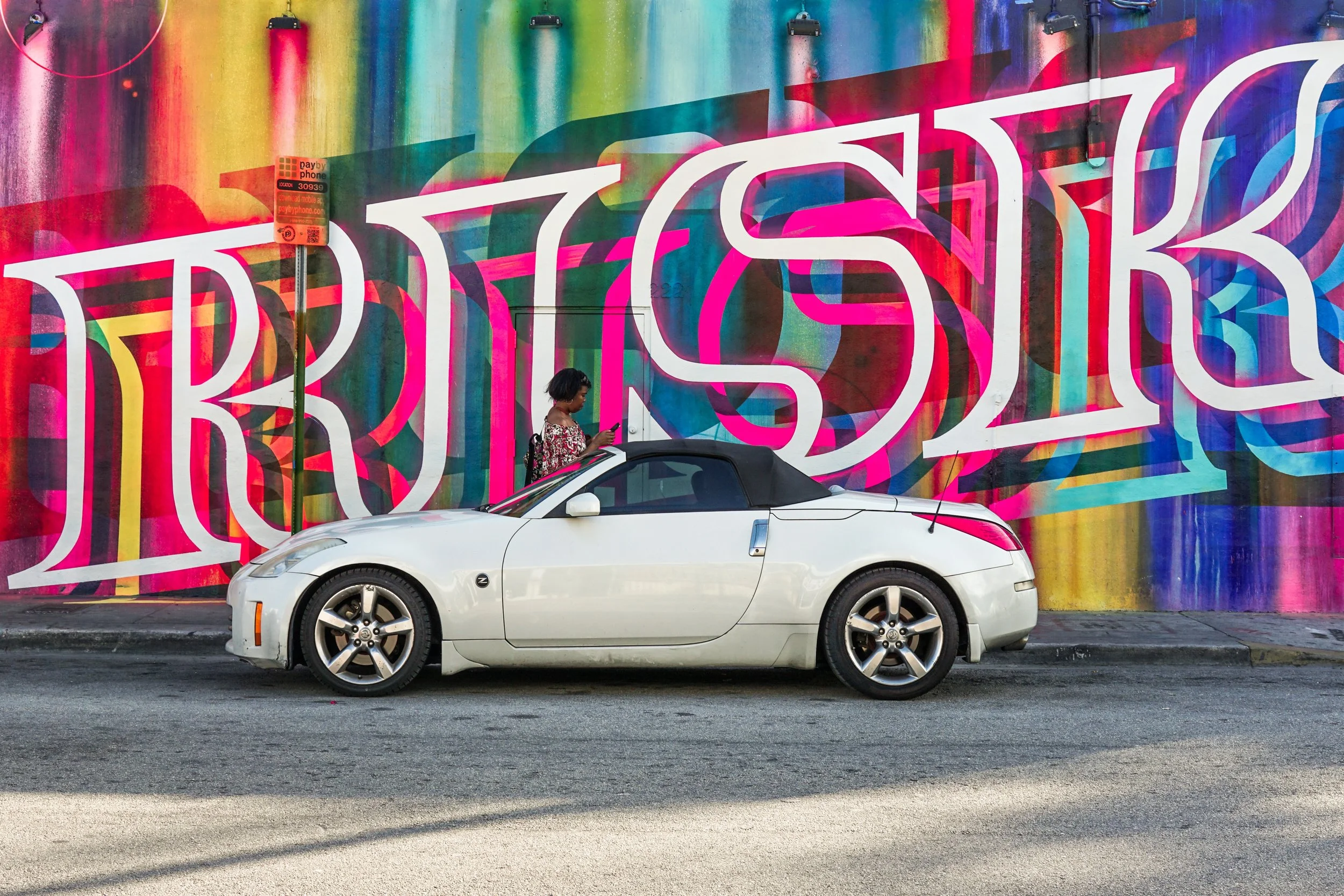New Study Confirms Communities of Color Are Hardest Hit By Growing Wealth Inequality
/WYNWOOD, MIAMI. PHOTO BY MERIÇ DAĞLI ON UNSPLASH
New Study Confirms Communities of Color Are Hardest Hit By Growing Wealth Inequality
By Chuck Collins, a director of the Program on Inequality at the Institute for Policy Studies. Originally published on Yes! Magazine.
The story of the growing inequality in the United States has many dimensions.
There is the overarching story of the last four decades of polarizing income, wealth, and opportunity. But the many ways these inequalities manifest depend on people’s gender, race, age, immigration status, and other experience.
One piece of the story is to understand how 40 years of public policies have worsened the racial wealth divide and enriched the top 1 percent.
Wealth is where the past shows up in the present, both in terms of historical advantages and barriers. Measures of wealth—what you own minus what you owe—reflect the multigenerational story of White supremacy in asset-building.
For example, the median White family now has 41 times more wealth than the median Black family and 22 times more wealth than the median Latino family. These are among our findings in “Dreams Deferred,” a new study on the racial wealth divide that I co-authored for the Institute for Policy Studies.
Overall, inequality has grown as wages for almost half of all U.S. workers have been flatlined since the late 1970s. Meanwhile, expenses for housing, health care, and other basic needs have risen. This has touched people of all races, fueling some of the discontent of both regressive and progressive populism.




